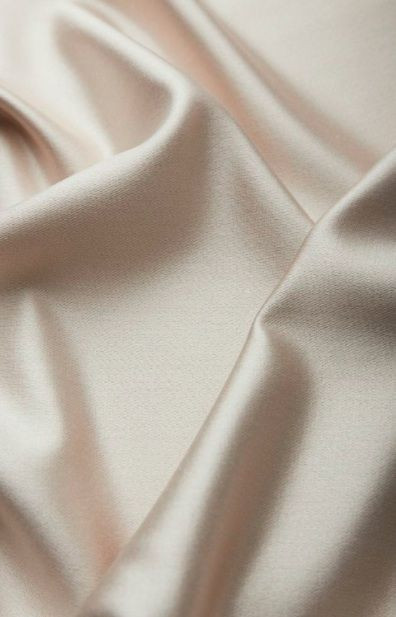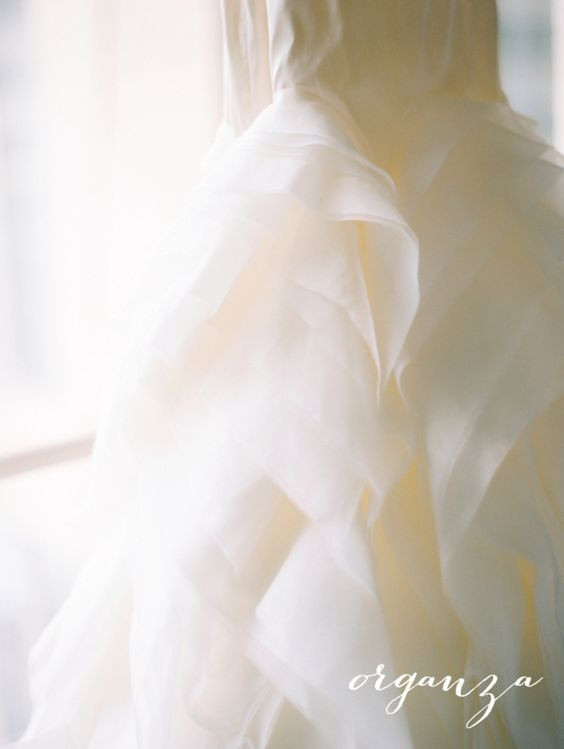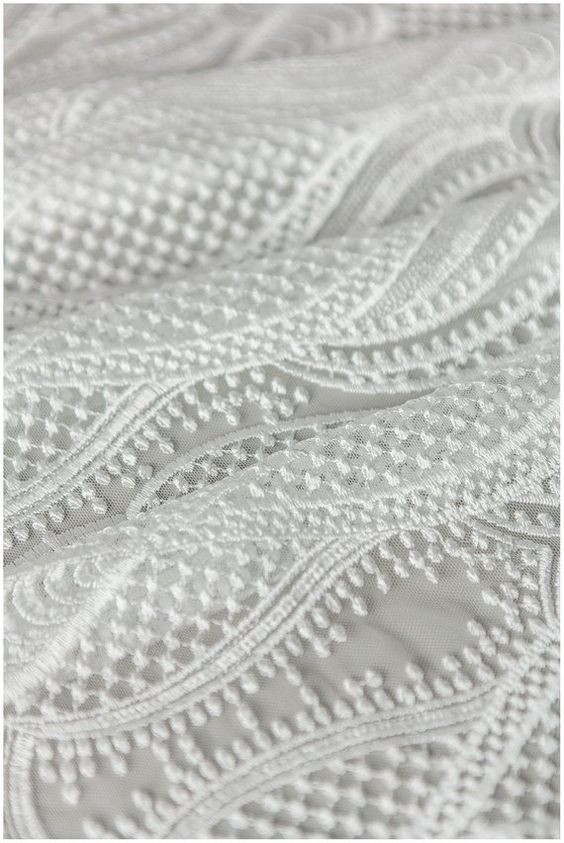A ultimate guide for Wedding Dresses Fabrics:

Material is an essential element while creating a wedding dress. With the wrong choice of materials, the modeling mastery will not only bring the expected results but can even give you very unpleasant surprises. It is the duo of modeling and properly selected material that determines the difference between a simple wedding dress and a special or luxurious one. So how to achieve this?We have to admit that despite the wide choice of materials that can be used, one of the main problems in a choosing material for a wedding dress is the confusion of terms, which also causes confusion between choices and expectations.
Organza, polyester, taffeta, silk, satin, cotton, -these terms are often heard by the future bride. However, what does each of these terms mean for what qualities the material describes?
Meanwhile, some terms describe the composition of the fabric, from which fiber the fabric is woven (polyester, silk, cotton), others describe how the fabric is woven (tulle, taffeta, organza, satin). It should be noted that these three fibers or mixtures of these fibers are most often used for woven fabrics for wedding dresses. In addition, depending on the weaving technology used and the thickness of the yarns, fabrics with different characteristics are obtained. Such as thickness, transparency, tenderness, stiffness, etc.
Here are the most common types of fabrics used for wedding dresses.
Brocade - The sleek and glossy fabric is produced using satin and jacquard weaving techniques, so it usually has both glossy and matte surface elements depending on the texture. Because the fabric is rigid, it is usually used for uniform silhouette dresses or for individual pieces of a uniform.
Crepe - Textured surface fabric. It is the textured surface that gives ornaments and decorations.
Shantung - A rigid, lightweight, flexible and luxurious fabric. Especially suitable for draped dresses or details.
Damask - Perfectly fitting and ultra-thin fabric. Depending on the weaving techniques chosen, there may be glossy or matte weave, as well as decorated with ornaments, floral motifs or various patterns.
Muslin - also mousseline is a cotton fabric of plain weaving with a special lightness and some kind of weightlessness. Perfect for light boho chic wedding dresses.
Gazaar - Extremely soft fabric and light fall fabric. Can be used as the main layer of the wedding dress and as the first layer, which will later be covered with lighter material and decorations.
Mikado - This is a fabric of twisted and subsequently woven silk yarn. It is this weaving that creates material with stiffness. Perfect for dresses of a structural or sculptural nature. What's more, Mikado's silk keeps the middle of gold between satin gloss and crepe maturity.
Dupont – Dupioni is often woven with different colors of threads scattered through the warp and weft. This technique gives the fabric an iridescent effect, similar to but not as pronounced as shot silk taffeta. Dupioni can be woven into plaid and striped patterns
Organza - A fabric similar to chiffon, but more rigid and has some kind of static. Most commonly used for creating structured, spatial dresses or individual details and decorative elements.
Satin is one of the three most commonly used types of fabrics for wedding dresses. Can be both matte and glossy. Featuring a fine fall, a kind of difficulty and a particularly soft texture. It should be noted that two main types of satin are distinguished: satin (satin solos) and satin (satin duchess).
Taffeta is a fabric that is woven from extremely thick yarns, so it is rigid and often reminiscent of paper. Intrigues with its rustling and is ideal for structural and sculptural wedding dresses.
Tulle - depending on the weaving density - can be very rigid or, conversely, falling and difficult. It can also be dotted which is commonly used for a veil or as a basis for lace applications.
Charmeuse is a light and rich fabric with graceful shine and ideal for drapery and is often used for straight silhouette dresses.
Chiffon is incredibly light, flattering, distinguished by maturity and transparency. Depending on the weaving density, you may get the impression of fog. Most commonly used for laminated and falling compositions.
When it comes to Fabrics, they just need to be touched and seen with your own eyes. Pure silk fabrics are just the best, that promises itself the most wonderful wedding dress for you.



